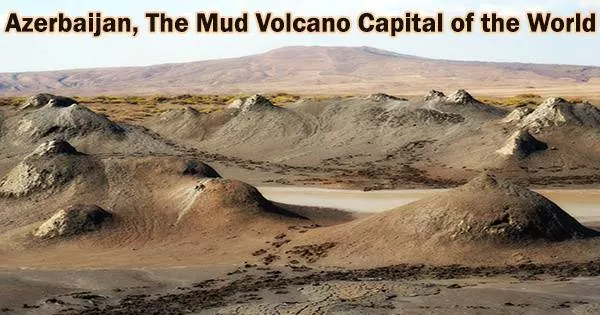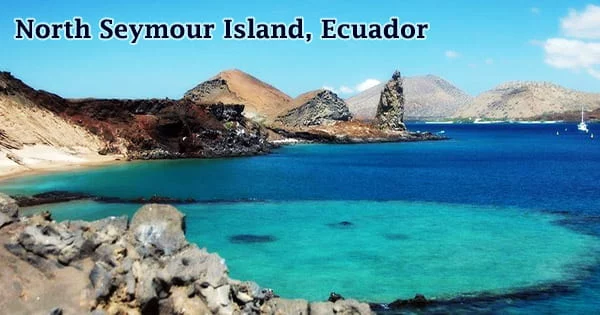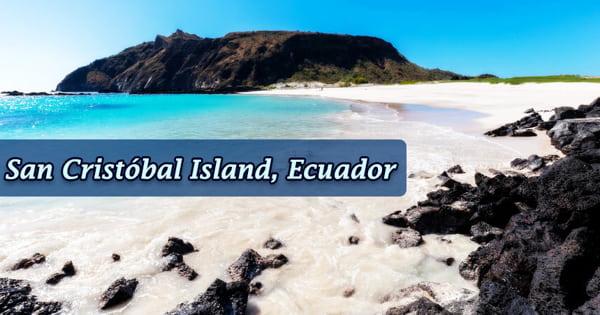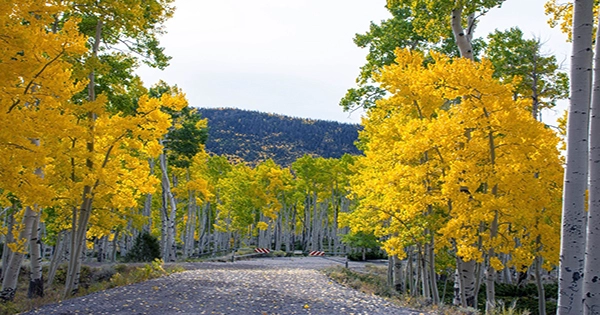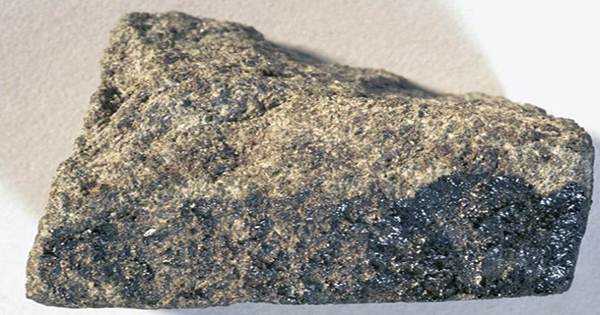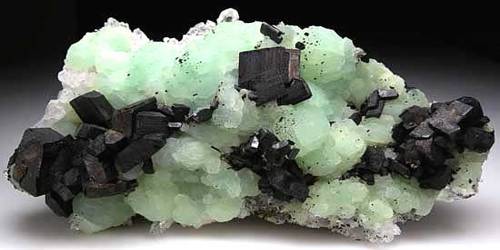The soil, which stretches to the horizon, rises in peaks like a well-whipped meringue that has become petrified into mud and rock. These strange hills are buffeted by a ferocious wind, and the ground beneath your feet is craggy and scaly.
The area surrounding Baku is known for having the highest density of mud volcanoes in the world, and its terrain could be described as chaotic, bubbling, and occasionally explosive. This could be Mars. But it’s Azerbaijan, the mud volcano capital of the world. 350 of the 700 volcanoes of the world are in the Azerbaijani Republic. Local people call them “yanardagh” (burning mountain), “pilpila” (terrace), “gaynacha” (boiling water) and “bozdag” (grey mountain) alongside its geographical name mud volcanoes.
When tectonic movement permits underground gases to rise to the surface, mud volcanoes form. Underground and submarine mud volcanoes are also famed in Azerbaijan. There are more than 140 submarine volcanoes in the Caspian Sea.
Oil-rich region
This oil-rich nation located halfway between Europe and Asia is home to more than 400 volcanoes, and new ones are constantly being discovered.
Ten years ago, a 12,000-hectare State Nature Reserve was founded on the Absheron Peninsula near the capital Baku.
In July 2018, scientists from Azerbaijan’s Ministry of Ecology and Natural Resources took CNN Travel on an off-road tour.

Driving an off-road vehicle up the steep slopes is like a firmer version of the popular dune-bashing adventures in the Middle East right next door. But the most thrilling sights are still to come.
We start our tour beside the mouth of Deveboynu volcano, or “Neck of the Camel.” The land around is parched, but inside the crater, a muddy slurry called mud breccia is bubbling gently.
Although the hills appear to be serene, the Earth is actually turning and breathing like a sleeping beast beneath this humped, reptile terrain.
Where tectonic plates collide
It is common to find mud volcanoes in subduction zones, which are regions of the world where tectonic plates meet and occasionally result in earthquakes, tsunamis, and severe eruptions.
As they push their way to the surface, pockets of underground gas spout methane and a murky mixture of water and oil.
Mud volcanoes never grow to the size of regular volcanoes. Most are small, ever-changing landforms, often accompanied by peculiar sculptures formed by the spewed-out clumps of clay.
These whimsical shapes, says Jeyhun Pashayev, director of the reserve, are “like a picture made by a child.”
Strange beauty
“When there are mud volcanoes, it means there are carbohydrogen resources in the deep,” explains Pashayev. “As you see, there are lot of mud volcanoes in Azerbaijan which means there are a lot of oil resources.”
The arid lands of the Absheron Peninsula might not be as fresh and lush as the mountainous north, but they have their own strange beauty.
This is the region richest in natural resources: both for oil and for the mud breccia, which is used in the chemical and construction industries.
“About 20 of the 50 minerals used in cement” are to be found in the volcanic mud, says Pashayev which meant that before the reserve was signed into existence, people regularly stole mud from the site for home building projects.
As we set out on the road again to our next volcanic field, Pashayev gestures towards a huge factory on the horizon, with a large hill of mud to its side. “This, Garadagh, is the richest part of Baku. Around 90% of the stones are being produced here for building the houses. Depending on the quality, it costs from 50 cents to 3 manats ($1.77) per stone.”
Mud-bathing
Unlike regular volcanoes, there’s no magma or lava, so the liquid mud isn’t hot instead it usually keeps to a temperate 22/23 C (72 F).
That balminess means that some mud volcanoes are suitable for bathing.
Along with rheumatism and illnesses of the neurological system, volcanic clay is occasionally used to treat skin disorders.
Pashayev explains that during the Soviet era, the volcanic mud was sometimes used to create casts to treat broken bones.
“Also, you can get super results using the mud volcanoes for the skin,” he claims. “You can use the mud and get good results, even if you have scars. If the cosmetology doctor can’t disappear the scars, mud volcanoes can do this!”
Radioactivity
However, not every gray puddle is skin-friendly.
“Because it comes from deep,” says Pashayev, some volcanoes “come with radioactive material. It’s not a joke.”
Pashayev’s team monitors the levels of radioactivity regularly, with safety certification being awarded on an annual basis.
People have been enthralled by the underground world for millennia, and the Azerbaijani people have long been enchanted by the mud volcanoes’ peculiar, violent, and seemingly unexplained behavior.
The country is known as the Land of Fire while Baku is the City of Winds and some of the gas leaks in this oil-rich region are constantly on fire, such as at the perpetually burning mountainside of Yanar Dag.
It’s believed that the ancient Zoroastrian religion, which centers on fire worship, was closely connected to this phenomena.
In 2001, Lokbutan volcano some 15 kilometers from Baku erupted, sending flames close to 50 feet in the air.
‘A mystic thing’
“Mud volcanoes are a mystic thing,” says Pashayev. Some years ago, a Danish sound archivist came to the reserve “with a huge device like a piano” to record the sounds from within the volcano.”

What Pashayev heard shocked him. “I swear, I thought that this is Hell. I heard human noises really. Imagine thousands of people, crying ‘help us!’ from the deep.”
With a similarly evocative turn of phrase, Pashayev also compares the wind sighing through a mud sculpture to the sound made “when you cut the head off a cow” a common sight on the backstreets of Baku until butchery regulations were changed earlier this year.
The Azerbaijani scenery may appear otherworldly since the climate is comparable to that of Mars.
A number of possible mud volcanoes have been found on Mars, suggesting the presence at one time of water, and therefore the possibility of life.
‘Millions of snakes’
“There are six types of mud volcano,” explains Pashayev. “Active. Not active. Oil-producing. Underwater. Island mud volcano. And destroyed mud volcano.”
There are approximately 140 underwater mud volcanoes in Azerbaijan, and the reserve has jurisdiction over six island volcanoes as well, but the crew is unable to travel there, according to scientist Anar Baghiriv.
But on one of the island volcanoes, Pashayev explains, the strangest sight isn’t the bubbling mud. “From 100 meters, you see that the island is shaking. But when you go close, you see millions of snakes, can you imagine? Millions.”
So covered is the island with sea snakes, adds Baghiriv, “You cannot find a place to put your foot.”
What lies beneath
Pilpili Gardag is the last stop on our tour. Once we’re ushered past the security guard, it’s a steep walk uphill to the most dramatic volcano yet.
The slick surface of the mud glistens in the searing July sunshine, with huge gray bubbles forming and then bursting with a satisfying plup.

There are many different types of mud volcano eruptions, ranging from peaceful, continuous sluggish streams of slurry to explosive eruptions that release thousands of cubic meters at once.
In Azerbaijan, says Pashayev, we have “different sizes, different views, different sculptures. We have all the types, all the forms.”
The Guinness Book of Records lists the world’s largest mud volcano as being an Azerbaijani one, measuring one kilometer across the base and several hundred kilometers in height.
At Pilipili Gardag, the volatile lunar landscape, with the sun bouncing white off the bleached-out clay and the summer heat sliding towards 40 C (104 F), has an uncanny majesty.
But the real mysteries, the churning, living wonders, are in the many shifting layers beneath our feet.
